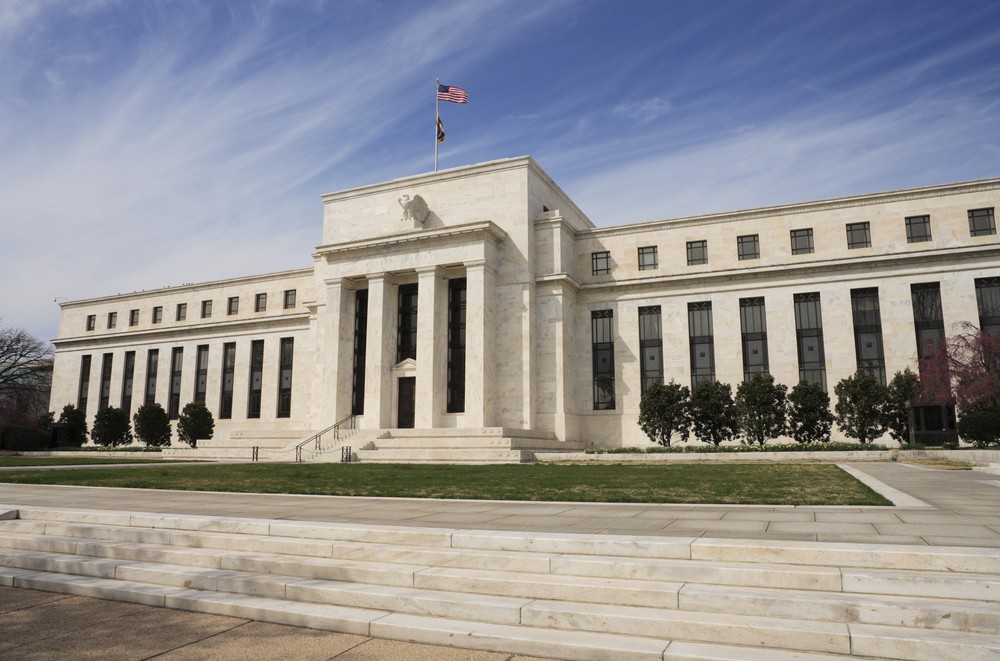FOMC Raises Short Term Rates by 1/4 percent to 1.00%
On Wednesday, June 14, 2017, the Federal Open Markets Committee (FOMC) of the Federal Reserve bank (The Fed) announced they have decided to raise key short term interest rates by 0.25% from the current target of 0.75% to their new target of 1.00% effective immediately.
In making their decision, Chairperson Janet Yellen and the other voting members of the Committee said in a press release that they expect the economy to expand at a moderate pace and that labor market conditions will strengthen somewhat further. One notable change from their previous rate hike announcement in March of this year was the statement “household spending has picked up in recent months”. Consistent with comments in March, the Committee reiterated that, “business fixed investment has continued to expand”. Both of these observations and expectations point toward a further expansion of economic growth over the near term. Consumer spending represents about 70% of GDP (the prime measurement of our economy) and business investment is a key growth variable that has been very slow to rebound over this course of this recovery cycle.
At the same time the Committee is expecting somewhat stronger consumer growth & steady business growth, they paradoxically lowered their PCE inflation expectations for 2017 from 1.9% to 1.6%. While the economy has recovered since the “Great Recession” of 2008/2009 and many stock indices are hitting all-time new highs, inflation has remained low and is below the 2.0% target set by the FOMC Committee.
Low inflation is generally good news for consumers, however, it is somewhat bad news for corporations. Companies are finding it very difficult to raise prices in the current environment and that coupled with still below trend demand, makes it harder for companies to grow. This is one of the great conundrums of this recovery – growth (albeit slow growth) without the inflationary pressures that normally become more evident as a business cycle approaches its peak.
The question now is, how much further does The Fed need to raise rates in order to contain inflation – inflation that even they forecast is already moderating?

